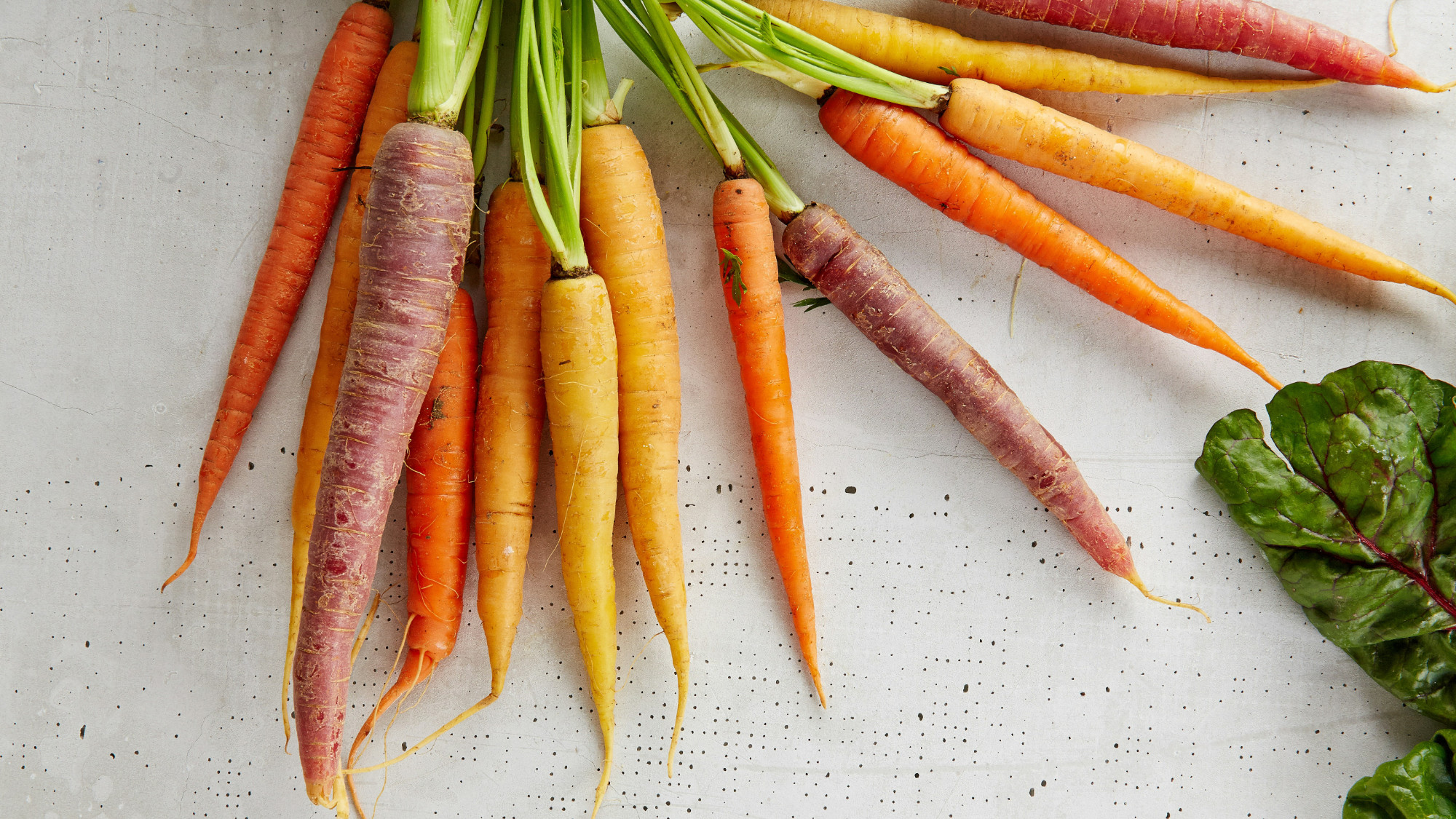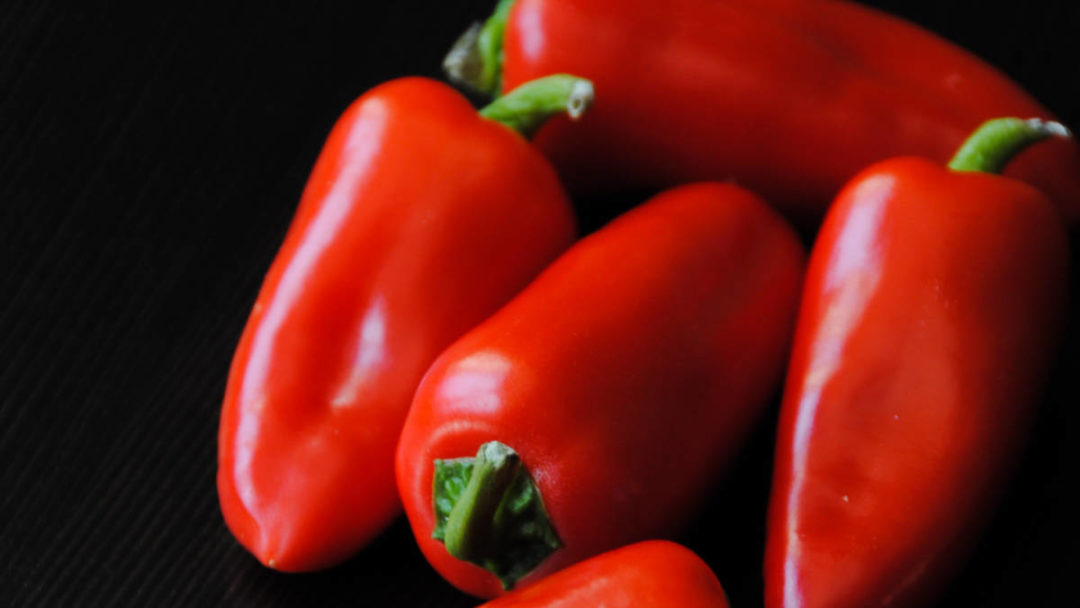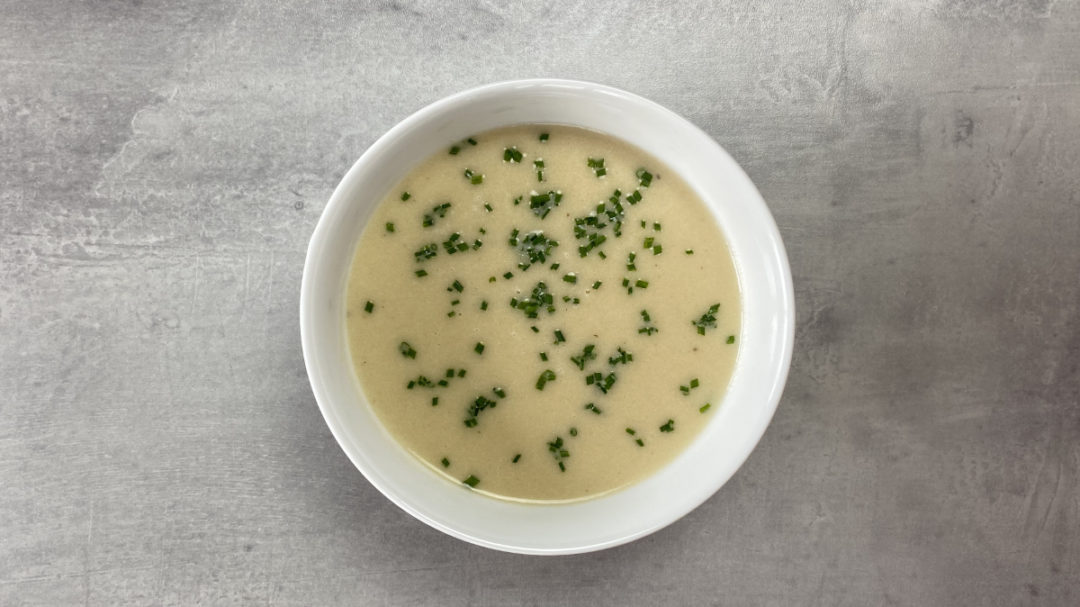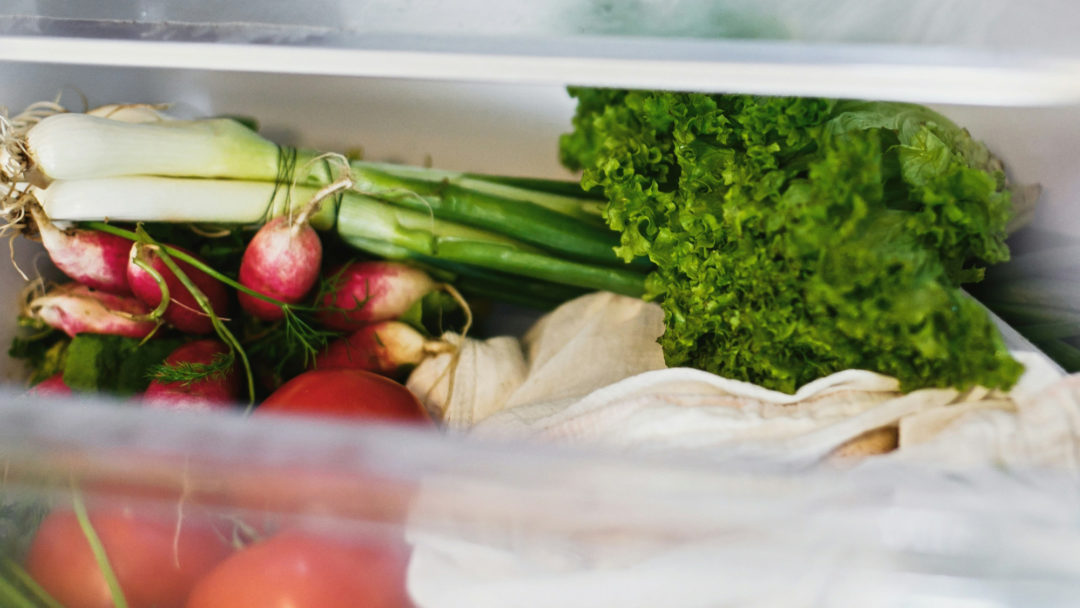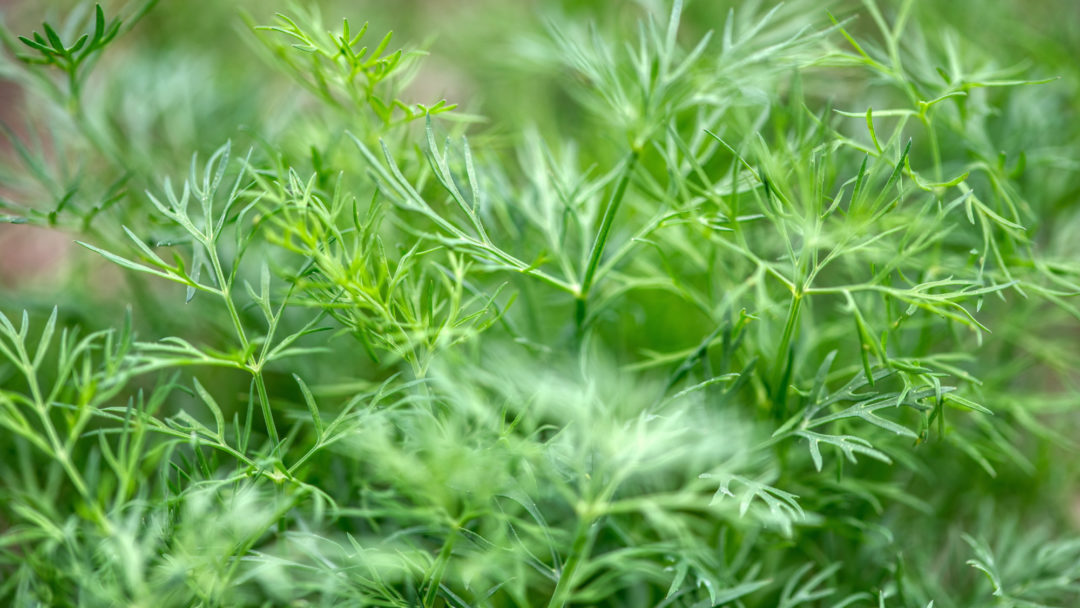In the autumn and winter months, root vegetables are most commonly used in the kitchen, as they are protected by their skin from drying out and can thus withstand long storage. However, they must remain cool. If you have a larger cellar, it is advisable to stick them into sand.
Root vegetables can be excellently processed into soups. If you are making a creamy soup from root vegetables such as carrots, celery, parsnips, parsley root, or black salsify, first sauté them in butter with a little oil until golden. This enhances the flavor, and the soup will have a more natural and much sweeter taste.
Delicious salads can be prepared from root vegetables. Grate the vegetables or cut them into thin strips. You can briefly blanch them in boiling water, add nuts, lemon juice, and mix with olive oil, mayonnaise, or sour cream. The possibilities are endless.
If you want to use the vegetables as a side dish, simply peel them, cut them into large wedges or slices, drizzle with olive oil, salt, place on a baking sheet, and bake. Or cut them into smaller cubes and slowly sauté in butter. You can also add bacon to the vegetables.
READ ALSO: Food Storage: Tips for Longer Freshness and Safety
Root vegetables are also great for making purées, as they have excellent thickening properties. Simply pour vegetable or chicken broth or cream over them, cook, reduce the liquid, blend, and strain. If you lightly sauté the vegetables until golden, the purée will have a more pronounced flavor.
Brussels sprouts and kale can be left in the garden bed all winter. Frost does not harm them; in fact, it benefits them – they become sweeter and gain a better taste. Freshly harvested kale should be stripped from the woody stem and thoroughly rinsed. Boil for just 10 seconds in salted water, then place immediately in clarified butter and salt. Remove damaged leaves from Brussels sprouts and cut a cross into the stem. Boil in salted water until semi-soft and place in ice water to keep them beautifully green, or directly into a pan with sautéed onions and bacon. You can separate them into leaves to make a raw salad.
Remove damaged leaves from regular cabbage. You can separate it into leaves, blanch, cool in ice water, dry, fill with minced meat, seasoned purée, roll up, and bake.
It is best to drizzle red and yellow beets with oil, salt, add thyme, wrap in foil, and bake until soft without peeling. You can also peel them and prepare carpaccio or various salads – either boil them unpeeled first or peel them raw and coarsely grate.

